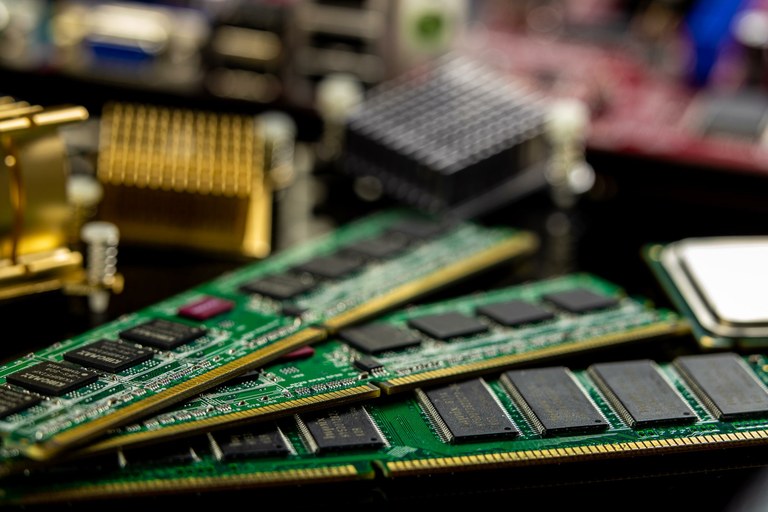Do you want to keep up to date? Subscribe to our newsletter. 1 mail every 2 months! |
 |

Cerdanyola del Vallès (Barcelona), 20th of December 2022. Spintronics is a field in nanotechnology which aims at exploiting the electron spin, going beyond the conventional charge currents which are the foundation of modern microelectronics. For example, spintronics with ferromagnets enabled a huge increase in data storage capacity through improved read heads for hard disk memories. More recently, a lot of interest has also turned to spintronics with non-magnetic materials using the spin-orbit coupling of heavy elements like platinum.
The aim of the project led by Sandra Ruiz Gómez from the Universidad Complutense de Madrid (UCM) and the ALBA Synchrotron was to measure directly, without the need of a magnetic interface that could interfere in the measured properties, the spin Hall effect in a promising material in the field of spintronics, bismuth-doped copper (Cu95Bi5).
The spin Hall effect consists in the conversion of a charge current into a pure spin current, which leads to a spin accumulation at the surface of the sample, detectable via XMCD (X-ray magnetic circular dichroism). Measurements were performed at the PhotoEmission Electron Microscope (PEEM) using this technique, detecting that spin accumulation at the surface and measuring the magnetic moment accumulated by the copper atoms.
"This is the first time the spin Hall effect has been detected by X-ray spectroscopy", says Sandra Ruiz Gomez. "It is a great step forward because it provides a more direct insight without interface effects."
The results confirm the great potential of Cu95Bi5 for spintronics thanks to its high efficiency in converting charge to spin current. In particular, an area which can profit from this concept is nanoelectronics regarding the design of devices such as MRAMs (Magnetic Random Access Memories). MRAMs are responsible for most memory functions in nowadays work computers and smartphones, thus they are vital to their performance. The spin Hall effect could ultimately be used for a faster and more energy efficient switching of the MRAM cells.

Figure: (a) Schematic of the experimental geometry, indicating the electron flow (yellow arrows), as well as the accumulated spin polarization at the different surfaces (green and orange arrows). The circularly polarized x-ray beam, shown in blue, impinges from the right under 16° grazing angle, providing sensitivity to the spin polarization in the beam direction. (b) visualization of the spin accumulation in a Cu95Bi5 electrode. The graph shows the pixelwise up-down asymmetry of an XMCD image taken at the Cu L3 edge, i.e., the subtraction of two areas with opposite current flow. Areas outside of the integration regions have been masked in order to improve clarity
With the collaboration of Fundación Española para la Ciencia y la Tecnología. The ALBA Synchrotron is part of the of the Unidades de Cultura Científica y de la Innovación (UCC+i) of the FECYT and has received support through the FCT-21-17088 project.





